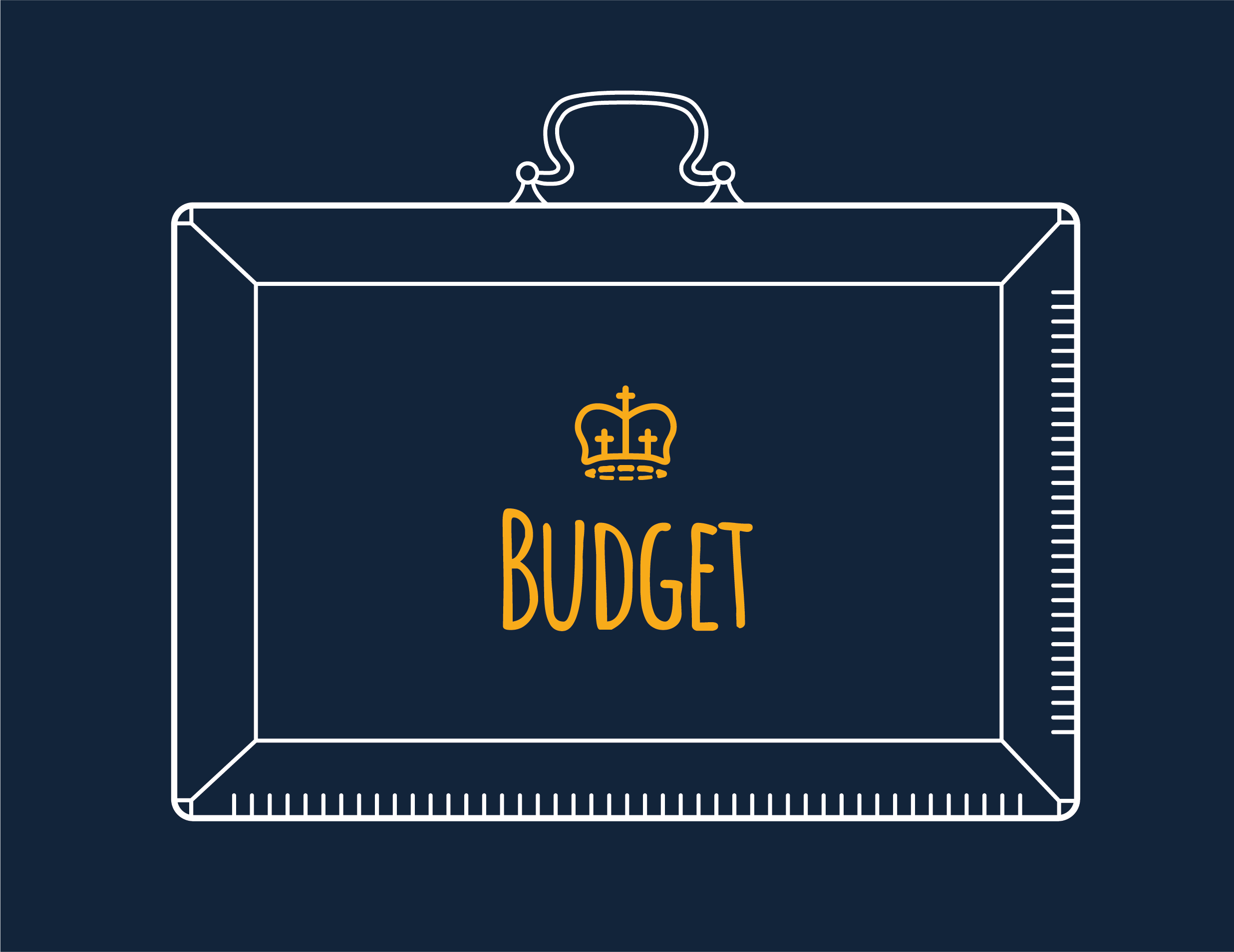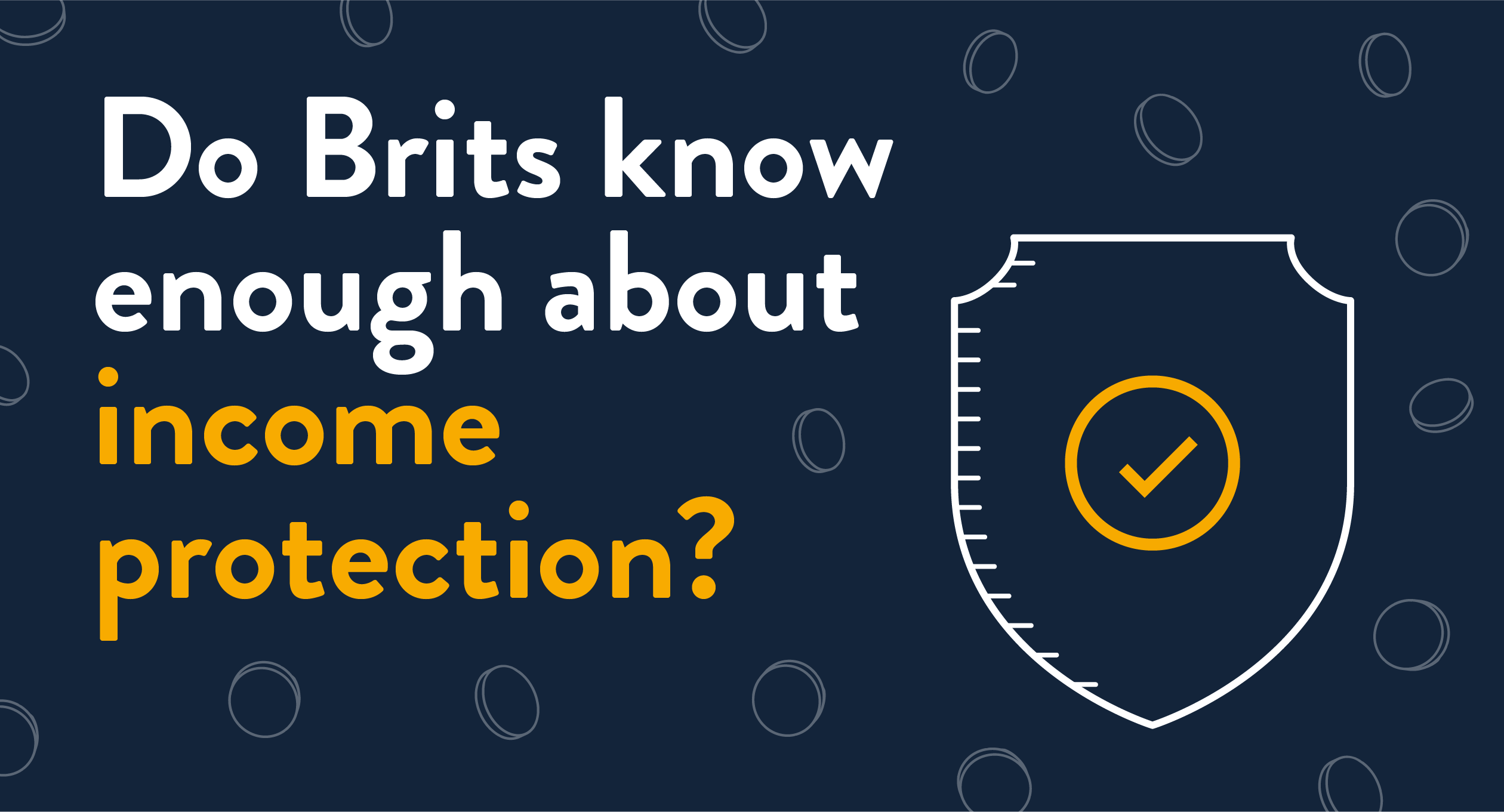
Cash ISAs, Stocks and Shares ISAs, Lifetime ISAs. With a variety of different types of Individual Savings Accounts (ISAs) available, it’s unsurprising that many people are unsure about the rules that savers must follow. One of the main questions we get asked is: Can you have more than one ISA?
Saving for your future is undoubtedly an important step to take, and many choose to do this with an ISA. Their popularity is largely down to the fact that they give savers a vehicle to grow their money without any returns being subject to tax.
So, what is an ISA? In short, it’s a type of personal savings account that allows adults to save up to £20,000 tax-free every year. In addition to this, parents are now able to save up to £9,000 a year on behalf of their children with a Junior ISA, as per the Government’s Budget announcement for 2020. The child can then receive a cash lump sum on their 18th birthday. (These ISA allowances are for the current tax year and could change in the future.)
The big question: Can you have more than one ISA?
It’s good news! Yes, you can have more than one ISA, with more than one provider, within a tax year.
There are four main types of ISA, some of which encompass more than one kind of product. These core ISA categories are:
- Cash ISAs (Includes: Adult / Junior ISAs, Help to Buy ISAs)
- Investment / Stocks and Shares ISAs (Includes: Adult / Junior ISAs)
- Lifetime ISAs
- Innovative Finance ISAs
It’s important you check your eligibility for each type of ISA.
The rules
The most important thing to remember is that adults can only invest up to the annual ISA allowance limit which is currently £20,000.
This means that adults cannot save more than £20,000 in total, across all of their ISAs, in any given tax year. In a nutshell, the annual allowance isn’t per account, it’s per person. You can choose to pool your full allowance into one account or split it between more than one ISA, with different providers, if you wish. Just don’t exceed the overall allowance.
There is, however, a slight complication. Different ISAs have different allowances on how much you can invest in them each year. To avoid any mix-ups, make sure you are aware of the maximum amount you can invest in every ISA you have. For example, you can only save up to £4,000 per year in a Lifetime ISA.
Find out more about how ISAs work on the HMRC website.
Transferring ISAs and your annual allowance
If you have an existing ISA and want to transfer the funds to a different provider, you can. If the funds in your ISA are from your previous annual allowance and you have not added to that ISA this tax year, then you can transfer this amount to your new ISA and your new allowance will not be affected.
For example, if you invested £10,000 as part of your previous allowance, you could transfer this into a new account and still have your £20,000 allowance leftover to use throughout the tax year.
Again, rules and procedures can vary depending on the ISA type and provider. So, do your homework before you plan your switch.
The benefits of saving in more than one ISA
You have one allowance, so does it make sense to split it? How you choose to make the most of your tax-free ISA allowance is entirely up to you. Everyone has their own individual savings goals, attitude towards risk and financial circumstances.
As previously mentioned, some ISAs limit how much you can save every month or year. For instance, an existing Help to Buy ISA only permits £200 a month (Note: Help to Buy ISAs are no longer available to new customers). But that won’t get you anywhere close to making the most of your ISA allowance. If you want to save more, or have corresponding savings pots for separate financial goals (e.g. retirement, a holiday of a lifetime or just for a rainy day), having two or more ISAs could be the ideal solution.
If you’re smart with investments, splitting your allowance could also give your savings potential for growth, while managing your appetite for risk. Depending on market performance, a stocks and shares ISA could give you better returns than a cash ISA, but the latter carries a lower risk.
In conclusion, savers can save in more than one ISA. The key takeaways are:
- You must adhere to the rules relating to the types of ISA you can hold at any one time.
- Savers need to stay within their allocated allowance for the year, regardless of how many ISAs they have.
- It’s essential to do thorough research before you start saving or transferring your ISAs, and if you’re still unsure, you should consider seeking financial advice.
Disclaimer: This article was checked in April 2025, but tax rules and regulations can change. For the latest information, please check with HMRC or speak to a financial advisor who can help guide you.


